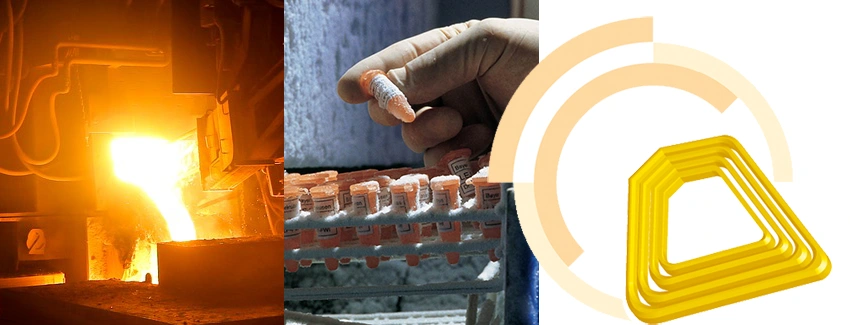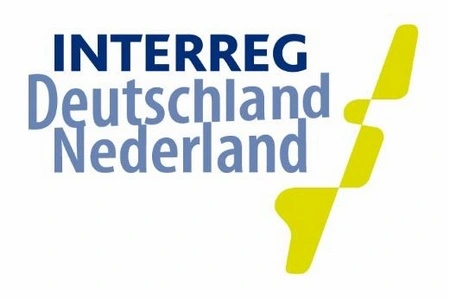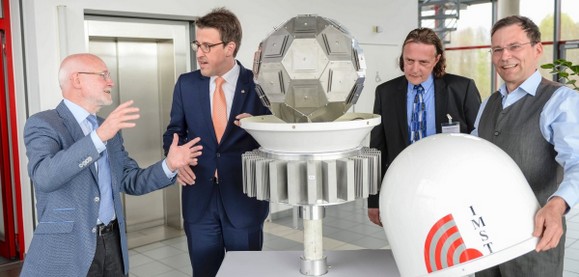XTC-ID - extreme Temperature Chip IDentifikation
PROJECTS

Project description
RFID (Radio Frequency Identification) technology has significant advantages over other methods such as barcode labeling. In addition to wireless radio transmission, which in the case of passive RFID tags does not require its own energy supply and also no direct vision during the "scan", a versatile data memory and a globally unique ID number are integrated as standard. Particularly in industrial applications, there is an increasing need to be able to use this RFID technology in environments with very high and/or very low temperatures. This is usually accompanied by harsh environmental conditions, such as a corrosive atmosphere, high humidity, strong mechanical loads or even radioactive radiation.
The aim of this project is to develop an RFID TAG for such extreme conditions in order to open up new applications. In particular, the temperature resistance of the TAG is to be extended to a range from -196°C to +450°C without suffering any damage. In particular, the physical parameters, such as the coefficient of thermal expansion, must be matched to each other by clever material selection of substrate, antenna and chip contacts. Afterwards the complete structure must be encapsulated in a ceramic material. Only then it is ensured that a safe function and durability could be achieved at extreme temperatures and harsh environmental conditions.
As part of the project, the project partners developed a suitable RFID reader platform for reading and writing the TAGs. The frequency bands provided for this purpose include both the frequency of 13.6Mhz (HF), under which, for example, the widely used NFC (Near Field Communication) compatible TAG's fall, and the UHF band of (860-960MHz), in which a higher range can be achieved. At the same time, various high temperature resistant antennas were also fabricated on ceramic substrate. After completion of the preliminary work, the development of the XTC-ID TAG, based on the LTCC technology (Low Temperature Cofired Ceramics), took place.
As the lead partner of the project, we would be happy to receive your suggestions and/or further possibilities for use as well as application proposals. Please use the comment function or contact us directly.
Applications for medical technology, such as automatic vaccine inventory in deep freezers at -85°C, are supported and processed by our newly founded company xtID B.V..
Documentation & Links
Project partner
Funding agencies
The XTC-ID project was co-financed by the European Regional Development Fund (ERDF), the EL&I Ministry, the Ministry of Economic Affairs, Energy, Building, Housing and Transport of the State of North Rhine-Westphalia and the Province of Flevoland and the Province of Noord-Brabant within the framework of the INTERREG V program Germany-Netherlands. It was accompanied by the program management of the Euregio Rhine-Waal.








